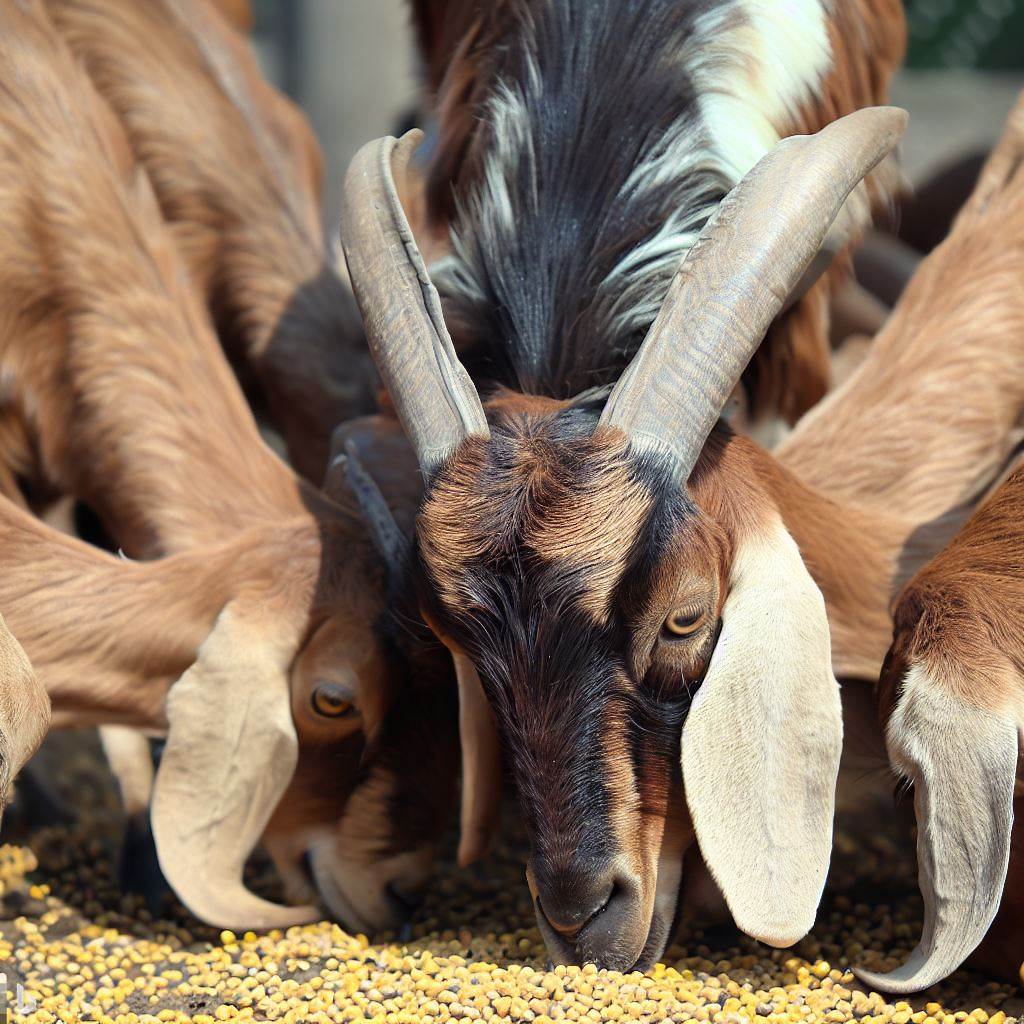Goat farming has become a popular agribusiness in India due to its high economic potential, low initial investment, and easy management. Among various goat breeds, the Jamunapari breed is highly prized for its high milk yield and meat quality. In this article, we will provide a detailed guide on Jamunapari goat farming in India.
History and Origin of Jamunapari Goat Breed
The Jamunapari goat breed is native to the Indian subcontinent and originated in the Jamuna River valley in Uttar Pradesh. It is also known as the ‘Bakerwali’ breed as it was first introduced in India by the Bakerwals, a nomadic tribe from Afghanistan. The breed was later improved through selective breeding in India, resulting in a highly productive and adaptable breed.
Physical Characteristics of Jamunapari Goat Breed
Jamunapari goats are large in size and have an impressive appearance. They have a distinctive long, slender neck, with large drooping ears, and a Roman nose. Their eyes are prominent, and the coat colour can vary from white, creamy white, and light brown to dark brown. The average weight of a Jamunapari goat ranges from 45-65 kg in does and 65-90 kg in bucks.
Breeding and Reproduction
Jamunapari goats have a breeding season that starts in August and ends in March. During this period, the does come into heat every 21 days, and the gestation period lasts for approximately 150 days. They do usually give birth to a single kid, but twins are not uncommon. They are excellent mothers and take good care of their kids.
Feeding and Nutrition
Jamunapari goats are ruminants and primarily feed on green fodder, dry hay, and concentrate feed. They have a high feed intake capacity and require a balanced diet rich in proteins, minerals, and vitamins. The recommended daily feed requirement for an adult Jamunapari goat is 2-3 kg of green fodder, 250-300 gm of concentrate feed, and 1 kg of dry fodder.

Health and Disease Management
Jamunapari goats are generally healthy and resistant to common goat diseases. However, regular health check-ups and vaccinations are essential to maintain good health. Deworming should be done every three months, and the goats should be provided with clean and hygienic living conditions to prevent the spread of diseases.
Housing and Management
Jamunapari goats are adaptable to various climatic conditions and can be reared in different regions of India. However, they require proper housing and management to ensure good health and productivity. The following points should be kept in mind while constructing a goat house:
- The house should be spacious and well-ventilated.
- The floor should be made of concrete or brick to prevent dampness and keep the house clean.
- The house should be divided into separate compartments for the bucks, does, and kids.
- The house should have proper drainage and waste disposal facilities.
- The goats should be provided with clean drinking water and feeding troughs.
Marketing and Economics of Jamunapari Goat Farming
Jamunapari goats are in high demand for their milk and meat in various parts of India. The milk of Jamunapari goats is highly nutritious and has a high-fat content, making it ideal for making dairy products such as cheese and butter. The meat of Jamunapari goats is also highly valued for its tender texture and flavour.
The economics of Jamunapari goat farming is highly profitable. The initial investment required for setting up a goat farm is low, and the returns on investment are high. The sale of Jamunapari goats, milk, and meat can generate a steady income for farmers. The average selling price of a Jamunapari goat ranges from Rs. 15,000 to Rs. 50,000, depending on its weight, age, and gender. The milk yield of a Jamunapari goat can range from 1-2 litres per day, and the selling price of goat milk is usually higher than cow’s milk.
Tips for Successful Jamunapari Goat Farming
- Select healthy and genetically superior breeding stock.
- Provide a balanced diet rich in proteins, minerals, and vitamins.
- Ensure clean and hygienic living conditions for the goats.
- Regular health check-ups and vaccinations are essential to maintain good health.
- Practice proper waste management to prevent the spread of diseases.
- Market the goats, milk, and meat in the local market or through online platforms.
- Seek the advice of veterinary experts and other successful goat farmers.

Conclusion
Jamunapari goat farming is a lucrative business venture in India due to the high demand for its milk and meat. The breed is known for its high productivity, adaptability, and low maintenance. Proper feeding, housing, and management practices can ensure good health and high productivity of the goats. Goat farming can provide a sustainable source of income for farmers, and the increasing demand for goat milk and meat presents a great opportunity for entrepreneurs to enter the agribusiness sector.





